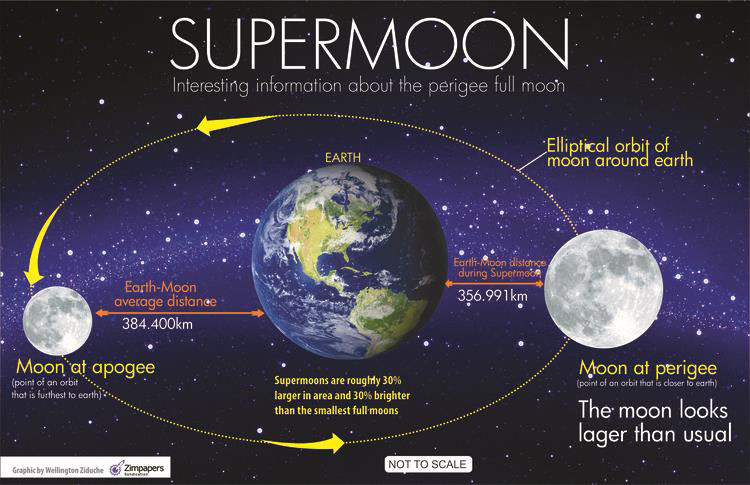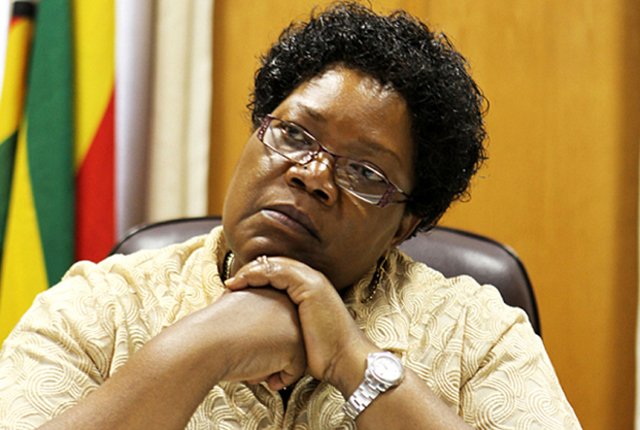Moon closest to Earth tonight


The moon will loom larger in the sky tonight than it has in decades. Every full moon is a spectacular sight, if skies are clear. But November’s full moon is far from ordinary. It will be the closest full moon since 1948, and we won’t see another full moon this close again until 2034, according to NASA.
The moon will loom larger in the sky tonight than it has in decades. Every full moon is a spectacular sight, if skies are clear. But November’s full moon is far from ordinary. It will be the closest full moon since 1948, and we won’t see another full moon this close again until 2034, according to NASA.Because the moon follows an elliptical path around Earth, sometimes it is closer to us — at its closest, a position called “perigee,” it is 14 percent closer to Earth than when it is at its farthest position, known as “apogee.”
When that proximity coincides with the full moon phase, making the moon 30 percent brighter in the night sky, the event is referred to as a “supermoon.” According to NASA, the moon was closest to Earth shortly before midnight yesterday, but cloudy skies would have made it difficult to see.
“I’ve been telling people to go out at night on either Sunday or Monday night to see the supermoon,” Noah Petro, deputy project scientist for NASA’s Lunar Reconnaissance Orbiter mission, said in a statement.
“The difference in distance from one night to the next will be very subtle, so if it’s cloudy on Sunday, go out on Monday. Any time after sunset should be fine.”
The last time the full moon was this close to Earth was in 1948, NASA says. The moon only appears full from Earth when our planet is between the sun and the moon. But since the moon’s orbit has an elliptical shape, sometimes it is closer to Earth than other times.
Astronomers call the closest-to-the-Earth moment the perigee. What makes November 14 special is that the moon “becomes full within about two hours of perigee — arguably making it an extra-super moon,” NASA explained.
In short: a so-called supermoon occurs when a full moon happens as the moon is also closest to Earth. — Agencies.








Comments